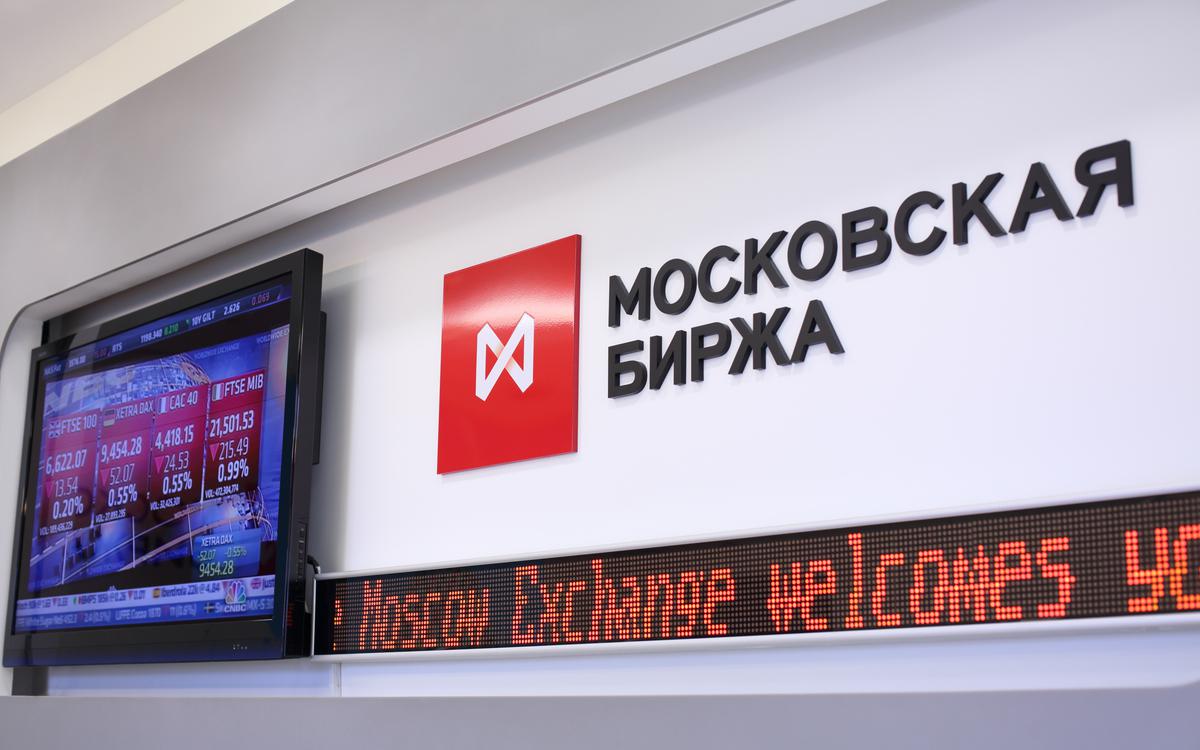The Financial Market of Russia: Structure, Participants and Regulation
The financial market of Russia has evolved over three decades from an emerging post-Soviet segment to a multi-sector system, closely integrated into global financial flows. Today, it encompasses the money, currency, debt and equity markets, as well as the insurance sector and pension funds. The interaction between banks, exchanges, government bodies, and investors facilitates resource redistribution, supports liquidity, and stimulates economic growth.
1. Segments of the Financial Market
1.1. Money Market
The money market provides short-term lending between banks and corporations through repo agreements, deposits with the Central Bank, and interbank loans. The RUONIA and MosPrime rates reflect the cost of money in the market. The volume of transactions exceeds 1 trillion roubles daily, demonstrating a high level of trust among participants.
1.2. Currency Market
Currency trading takes place via MOEX in a T+0 mode. The most liquid currency pairs are USD/RUB and EUR/RUB. The Central Bank's currency control restricts capital outflow, requiring registration of transactions over 10,000 USD. Fluctuations in the rouble's exchange rate are closely linked to oil prices and geopolitical events.
1.3. Debt Instruments Market
The debt market includes government bonds (OFZ) with yields of 8-9%, corporate bonds (10-12%), and municipal issues (7%). By 2025, the debt market volume reached 20 trillion roubles. ESG bonds have emerged as a new trend, with investors seeking 'green' and socially responsible projects.
1.4. Equity Market
The equity market is represented by shares of major companies (Sberbank, Gazprom, LUKOIL), ETFs that include IMOEX and foreign indices, and derivatives. The IMOEX and RTS indices reflect market dynamics: a 7% increase in IMOEX in 2025 indicates a restoration of investor confidence post-pandemic.
1.5. Insurance and Pensions
Insurance companies (SOGAZ, Ingosstrah) offer property and medical insurance policies. Non-state pension funds accumulate pension contributions exceeding 18 trillion roubles, predominantly investing in bonds and stocks for stable growth.
2. Market Participants
2.1. Banks
The Central Bank of Russia regulates and supervises the market. Commercial banks—such as Sberbank (with over 30% market share), VTB, and Alpha Bank—extend loans and accept deposits. Non-bank credit organisations (MFIs, leasing companies) offer alternative financial services.
2.2. Brokers and Dealers
Brokers (Finam, Aton) provide access to trading on MOEX and SPB Exchange, while dealers operate on their own account, impacting market liquidity.
2.3. Investment Funds
Mutual funds and ETFs pool investor resources into collective portfolios. ETFs on MOEX track indices such as IMOEX, RTS, and international benchmarks, gaining popularity among retail and institutional clients.
2.4. Insurance and Pension Institutions
The largest insurance companies (ROSNO, AlfaStrakhovanie) and non-state pension funds (Future, Soglasie) manage risks and pension savings.
2.5. Infrastructure
The National Clearing Centre provides clearing and settlement services across all segments of MOEX, while the National Depository holds and records ownership rights of securities.
3. Market Regulation
3.1. Bank of Russia
The Bank of Russia sets the key interest rate (12% in September 2025), mandatory reserves, and oversees the banking system and payment systems.
3.2. Legislative Framework
The Federal Laws "On the Securities Market," "On Banks and Banking Activity," and "On Insurance," along with new regulations regarding the digital rouble and RegTech, provide legal frameworks for market operation.
3.3. Antimonopoly Regulation
The Federal Antimonopoly Service (FAS) combats price-fixing and abuse of dominance, ensuring equal conditions for market participants.
4. Risks and Oversight
The Central Bank conducts stress tests on banks and assesses asset quality (NPL levels). Key risks include credit, liquidity, market, operational, and compliance. Banks are required to adhere to AML/KYC regulations to combat money laundering.
5. Investment Institutions and Products
5.1. Mutual Funds and ETFs
Mutual funds are suitable for novice investors, with entry thresholds starting from 1,000 roubles. ETFs on MOEX offer low fees and 24/7 access through mobile applications.
5.2. Structured Notes
Structured notes with capital protection of up to 90% and exposure to index growth are in demand among conservative investors.
5.3. Online Platforms
Tinkoff Investments, FinEx, and Sber Investor offer zero-commission trading, advanced analytics, and auto portfolios with rebalancing.
6. History and Technological Trends
Since the 1990s, the market has grown from a handful of commercial banks to a modern ecosystem. The introduction of the digital rouble and RegTech has accelerated the transformation of processes, improved transparency, and reduced operational costs.
6.1. Digital Rouble
Pilot projects are underway in 10 regions, with mass implementation expected in 2026. The digital rouble will simplify P2P payments and reduce transaction costs.
6.2. RegTech
The automation of compliance processes and transaction monitoring aids in combating fraud and money laundering.
7. Case Studies and Interviews
7.1. Innovations at Sberbank
The platform SberInvest.ai, featuring AI recommendations, has attracted 500,000 users and increased trading volumes by 25% over the year.
7.2. VTB's Crypto Solutions
A pilot project for crypto trading within the application facilitated over 10,000 transactions on its first day, testing the readiness of the technology.
7.3. Interview with the Bank of Russia
"Our objective is to balance innovation with stability, creating a regulatory environment conducive to fintech development," stated the head of the Financial Innovations Department at the Bank of Russia.
8. Macroeconomic and Global Factors
In August 2025, inflation in Russia stood at 5.2% year-on-year, impacting the Central Bank's key interest rate. The price of Urals oil at 80 USD per barrel supports the rouble. Global sanctions and geopolitical dynamics influence access to foreign capital markets.
9. Conclusions and Recommendations
- Diversify your portfolio: deposits, bonds, stocks, and real estate.
- Monitor the Central Bank's key interest rate to assess debt instrument yields.
- Utilise ETFs and mutual funds for passive strategies with rebalancing.
- Manage risks through VaR models and stop-loss orders.
- Verify the licenses of participants and updates in regulation.
The Russian financial market offers a broad range of tools for investors at all levels. A deep understanding of its structure, participants, and regulatory environment will aid in effectively managing capital in a constantly changing global landscape.




